

Max Davies
2025 BYD Shark 6 review
5 Days Ago
The MG ZST will have no trouble finding buyers on a budget... who want something better than a budget offering. It's a big step over the ZS.
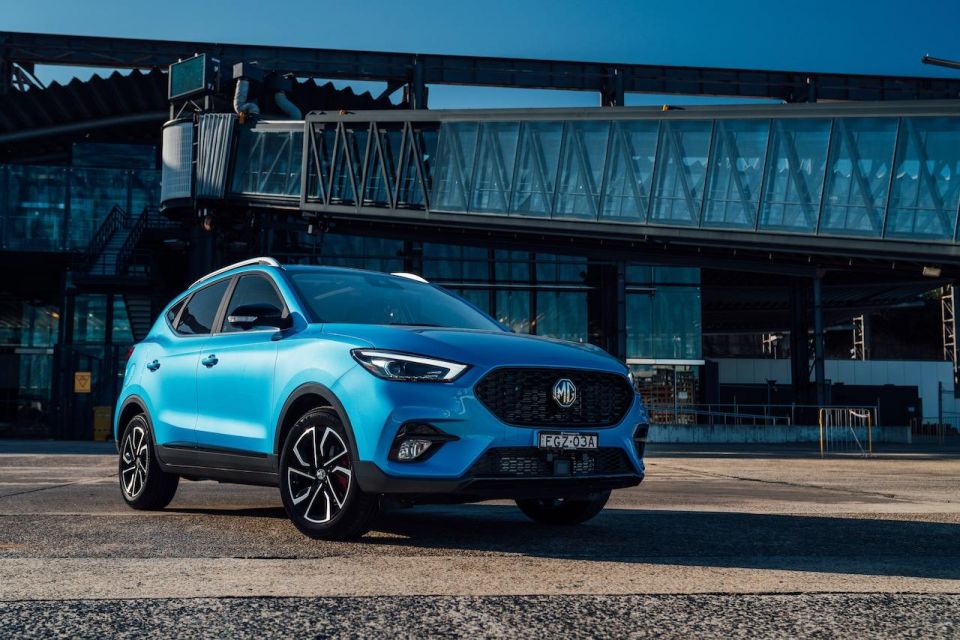


Senior Road Tester

Senior Road Tester


Senior Road Tester

Senior Road Tester
Where expert car reviews meet expert car buying – CarExpert gives you trusted advice, personalised service and real savings on your next new car.
It’s hard to believe Chinese-owned brand MG is just four years into its Australian renaissance. Already it’s making some pretty serious waves here, with the MG 3 city hatch currently topping its segment by some margin.
The scary thing (at least for its competitors) is that MG is only starting to find its feet in the hugely popular SUV landscape. A raft of new models are planned including plug-in hybrids and pure electric vehicles, and word is they’re not too far away.
Right now MG is a disruptor, offering contemporary designs, up-to-date technology and features, and efficient powertrains at prices that won’t break the bank. There’s also a seven-year factory warranty and seven years of roadside assist to boot.

While it’s not quite there yet with all the latest active safety systems and five-star ANCAP safety ratings, at least across the entire range, it’s catching up.
Take the MG ZST launched this week. It’s equipped with the latest version of MG Pilot, which bundles a full suite of nine advanced driver assist systems including forward collision warning and autonomous emergency braking, lane departure warning, and traffic jam assist.
Interestingly, the ZST is effectively a facelift of the current MG ZS. It’s closer to a brand-new model (as it’s positioned in China) given the extensive design and technical improvements throughout the vehicle, though.
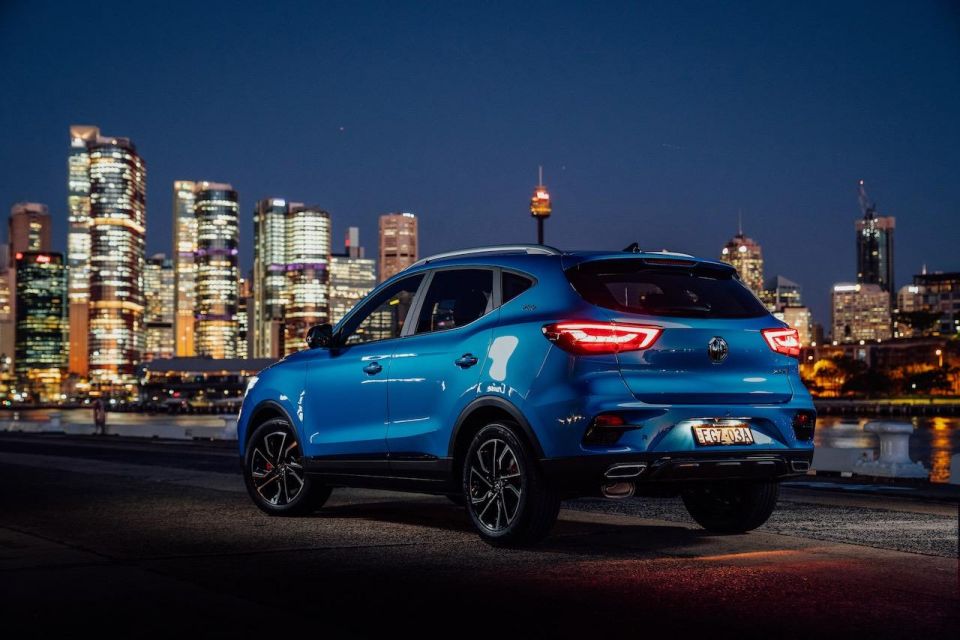
It needs to be if MG is going to carve out a space among the 22 models competing for a slice of the small SUV segment below $40,000 – and that’s before models such as the next-generation Peugeot 2008 arrive, promising to lift the bar even higher.
The MG ZST comes to the market as a more polished offering than its standard ZS sibling. It has more of everything. For starters, it’s longer and taller than the existing model, and as a result there’s a welcomed increase in passenger and boot space.
Under the skin there’s 50 per cent more subframe rigidity for improved ride and handling. Moreover, there’s a new, lighter and more powerful 1.3-litre turbo petrol engine and six-speed automatic transmission delivering substantially more torque to the front wheels.
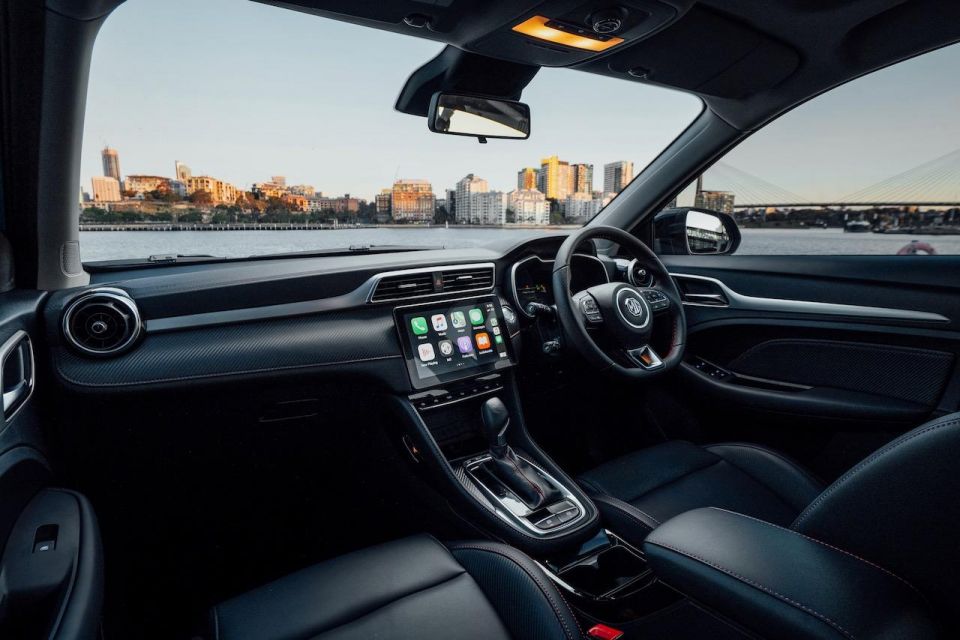
There are two trim levels in the new ZST range, the entry-level ZST Excite from $28,490 before on-road costs and the top-spec Essence priced from $31,490 before on-roads.
Both variants feature the latest 1.3-litre three-cylinder turbo petrol engine mated to an Aisin six-speed automatic transmission.

That’s quite a price hike above the regular ZS models, which incidentally will be sold alongside the ZST for the next 12 months. As a result, ZS pricing has been revised to start from $21,990 drive-away for the base 1.5-litre Excite, and extend to $26,990 for the 1.0-litre turbo Essence Anfield.
Rival models are more expensive. If we look at the entry-level Honda HR-V, for example, the VTi starts from $25,490 before on-roads and climbs to $36,240 before on-roads for the range-topping VTi-LX.
It’s a similar story with the segment-leading Kia Seltos, which kicks off at $25,990 before on-road costs and tops out at $41,400 before on-roads for the GT-Line.
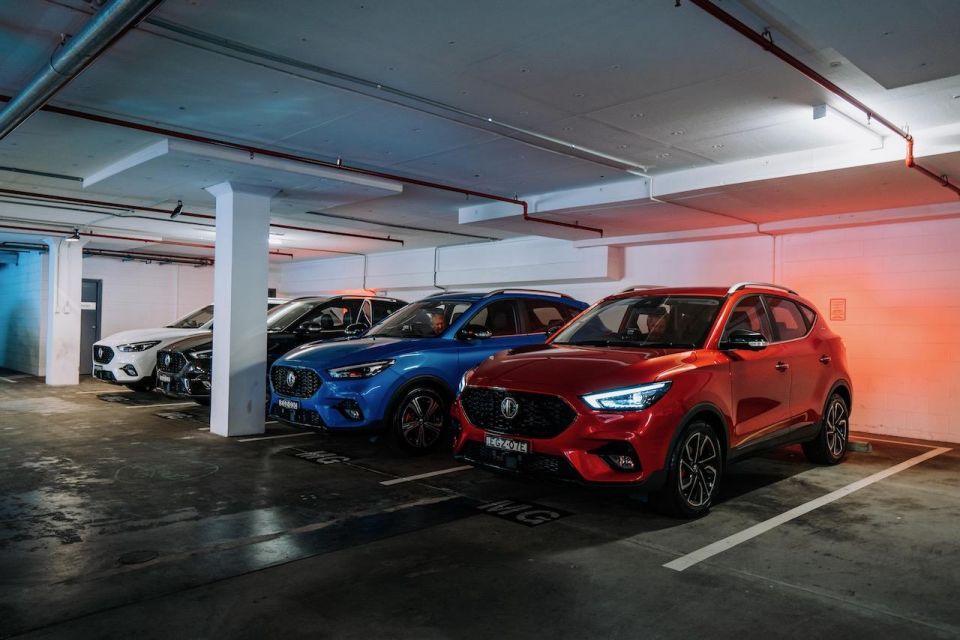
The Mazda CX-30 starts at a sky-high $29,990 before on-roads for the G20 Pure FWD and tops out at $43,490 before on-roads for the G25 Astina AWD.
It’s a more resolved design than the regular ZS, with new front and rear bumpers matched with front fog lights and smoked LED lamps at both ends, which frankly makes the ZST look as good as anything in the segment.
The front grille in gloss black cuts a nice profile in your rear-vision mirror as do the low-profile LED lights at both ends. And while the dual chrome exhaust tips look the part and balance the rear out nicely they’re fake, like many other brands employ these days.
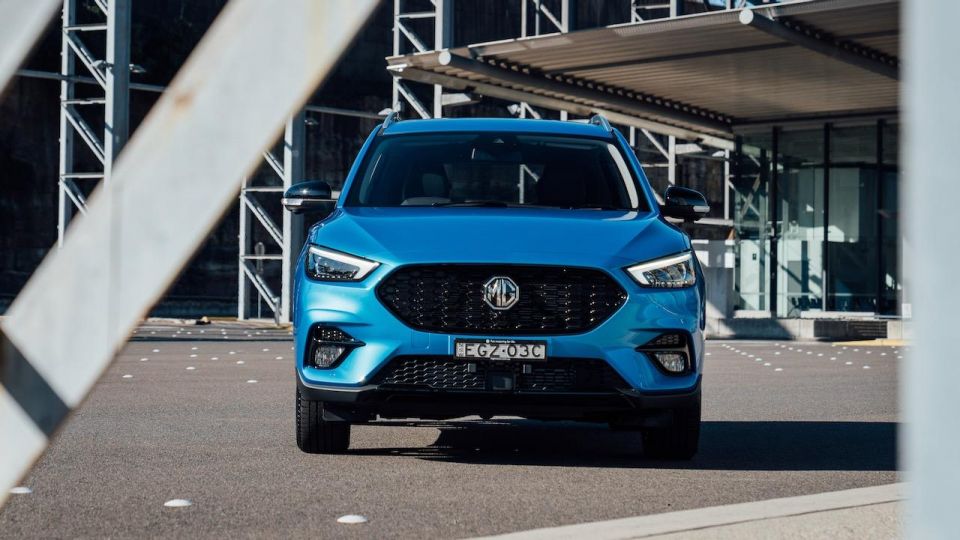
Both variants get a 10.1-inch touchscreen with Apple CarPlay and Android Auto and built-in navigation, keyless entry and start, rain-sensing wipers, and auto headlamps, 17-inch alloy wheels with Michelin tyres, rear parking sensors and a rear-view camera, a six-speaker sound system, and a 360-degree camera.
There’s also MG Pilot standard across the ZST range with a suite of the latest active driver assist technology including adaptive cruise control, autonomous emergency braking, lane-departure warning, traffic jam assist, adaptive cruise assist, blind-spot monitoring, rear cross-traffic alert, and speed assistance.
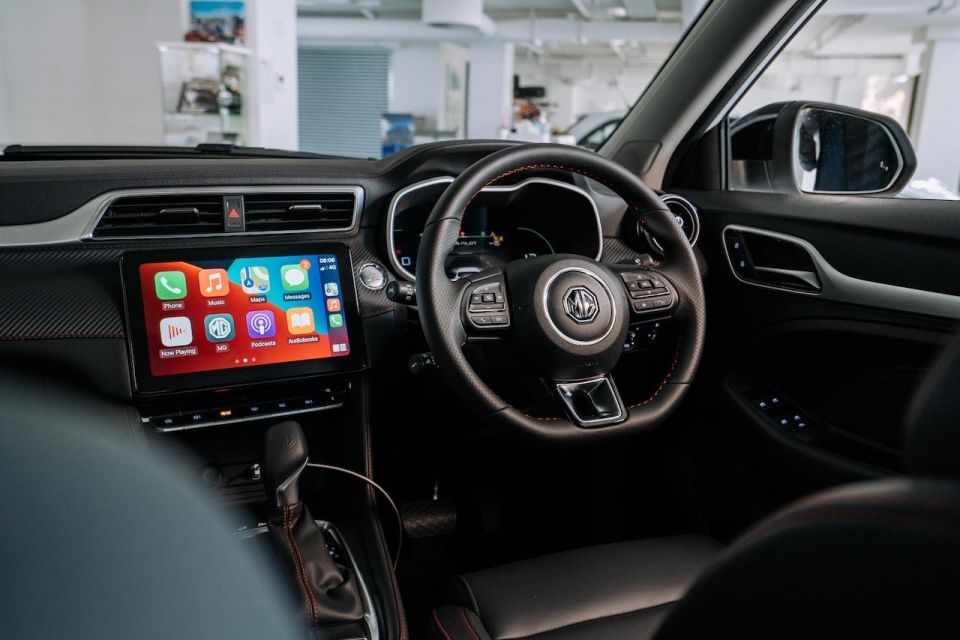
Stepping up to the ZST Essence adds unique 17-inch alloy wheels, a panoramic sunroof, a digital instrument display, heated front seats with a six-way powered driver’s seat and an embossed MG logo in red on the front headrests.
Both variants are available in two standard no-cost colours: York White and Pebble Black. Optional metallic paint options include Brighton Blue, Diamond Red, and Stirling Silver, and they’re priced at $500 – this being the sole optional extra.
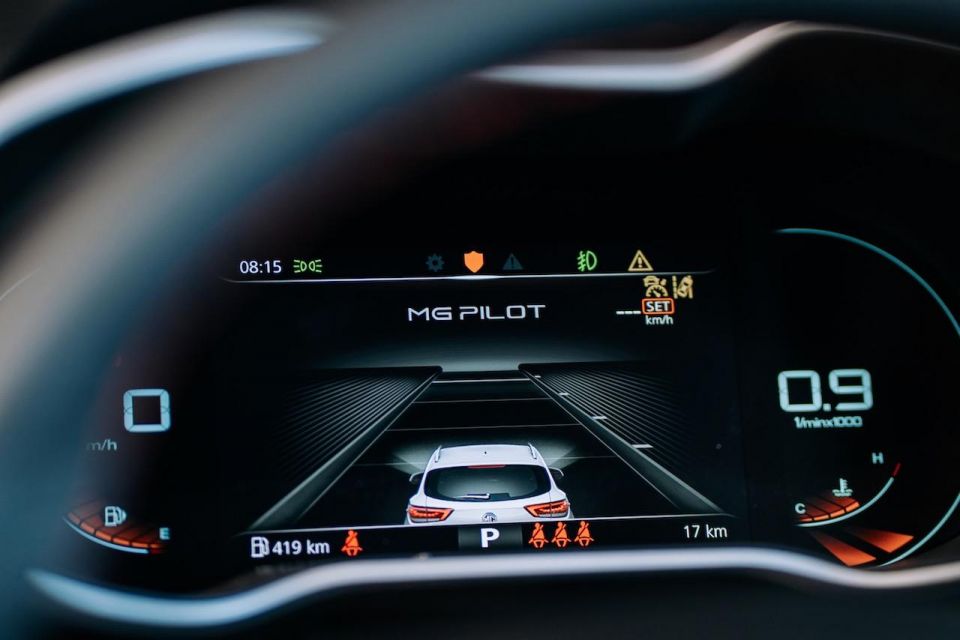
Despite the suite of active driver safety aids on the ZST, as well as its more rigid subframe and bracing, the vehicle will carry over its four-star ANCAP safety rating from the standard ZS.
It’s worth noting the safety rating was awarded in 2017 when the ZS didn’t have what are now considered basic safety assists, such as autonomous emergency braking and lane-keeping assist.
It’s not exactly ground-breaking but it’s smart looking, especially the top-spec ZST Essence with its digital instrument display and large panoramic sunroof.
There’s plenty of soft-touch materials including the entire dash and door cards. And while the contrast red stitching on the seats gives the appearance of leather upholstery, it’s actually synthetic. At least the perforated leather steering wheel is authentic.
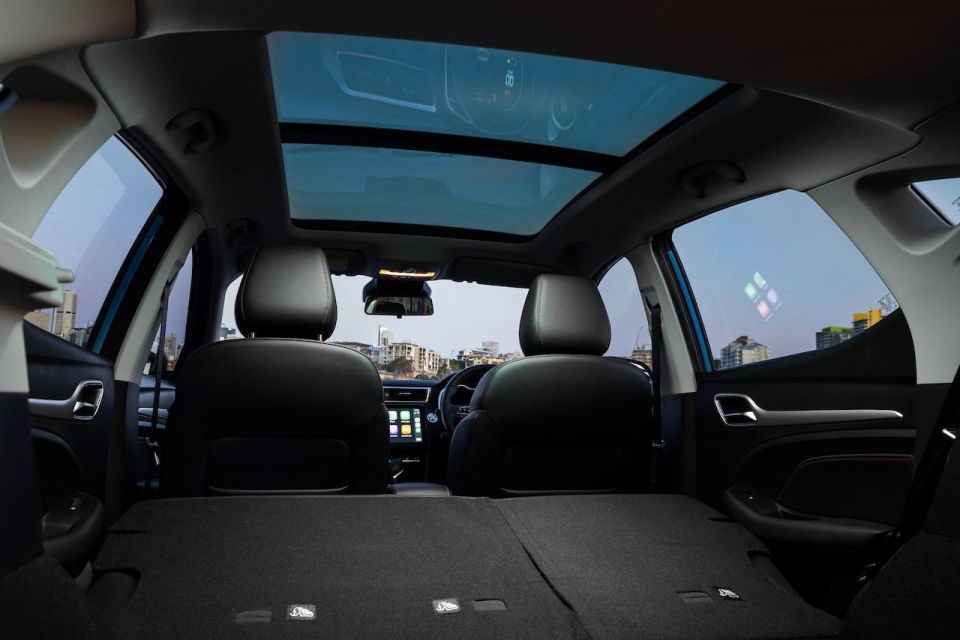
The layout and design of the cabin itself is quite tasteful, if not functional. The horizontal lines with metallic trim bits work well, as does the uncluttered appearance and intuitive switchgear.
I’m not a fan of the carbon-look trim (albeit soft touch) on the dash facings, but all-round vision is excellent – including through the rear windscreen.
Equally, there’s satisfying levels of leg- and headroom in both rows, as well as commendable boot space with 359 litres behind the rear seats, expanding to 1187 litres when folded.
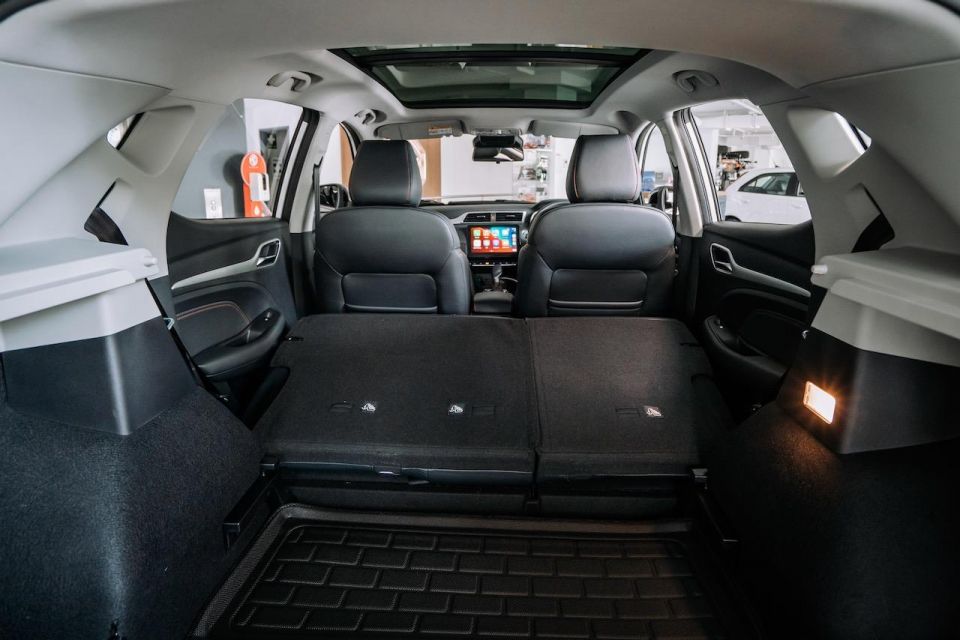
Both rows get two USB points, one of which is positioned high up in the rear-view mirror housing to support a dash cam.
Disappointingly there are no rear air vents, which is not exclusive to MG by any stretch – but in an SUV of any size, it’s an oversight.
Both ZST variants get MG’s latest 1.3-litre three-cylinder turbo petrol engine mated to a six-speed automatic transmission hooked up to the front wheels.
It makes 115kW of power between 5200 and 5600rpm, and 230Nm of torque from 1800 to 4400rpm to the front wheels.

By way of comparison the Mitsubishi ASX gets a naturally-aspirated 2.0-litre engine developing 110kW and 197Nm, while the Kia Seltos also uses the same 2.0-litre displacement making 110kW and 180Nm in all variants but the Sport+ and GT-Line, which get a 1.6-litre turbo petrol with 130kW and 265Nm.
Some will like the high driving position for the all-round vision it affords, but I found myself reaching for the seat-height adjustment lever more than a few times during our test drive route. You really are perched quite high.
That said, there’s a surprising amount of go on tap from this 1.3-litre turbo thanks to the car’s relatively light weight (1295kg), and it does so quite effortlessly – albeit not without some low-down turbo-lag should you give it a boot. It sounds good, as so many three-cylinder engines do.
This is a powertrain that responds well to progressive throttle inputs rather than an all-in approach. It’s relatively quiet, with very little engine noise encroaching on cabin comfort. I’m not completely sold on the six-speed automatic transmission, though.
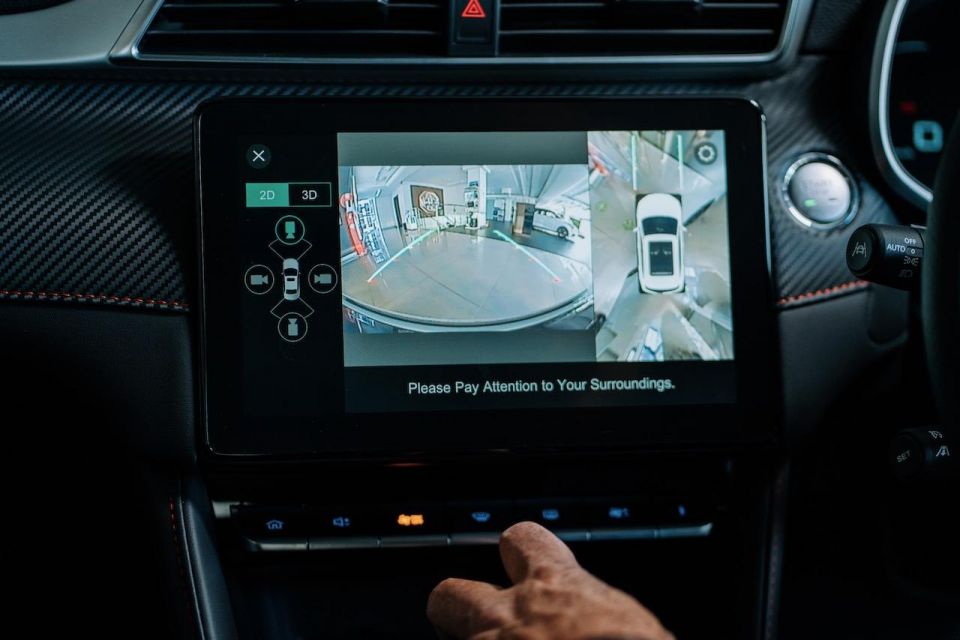
Too often, I found myself in the wrong gear when I needed immediate shove during overtakes.
Its lighter weight and the more rigid subframe gives the ZST decent agility but there’s still a degree of body roll on turn-in, which frankly didn’t really bother me as there’s decent grip from the standard Michelin tyres.
Front and rear brake discs measure 280mm and perform competently when pulling the vehicle up in haste, though the steering isn’t completely linear with its power assistance.
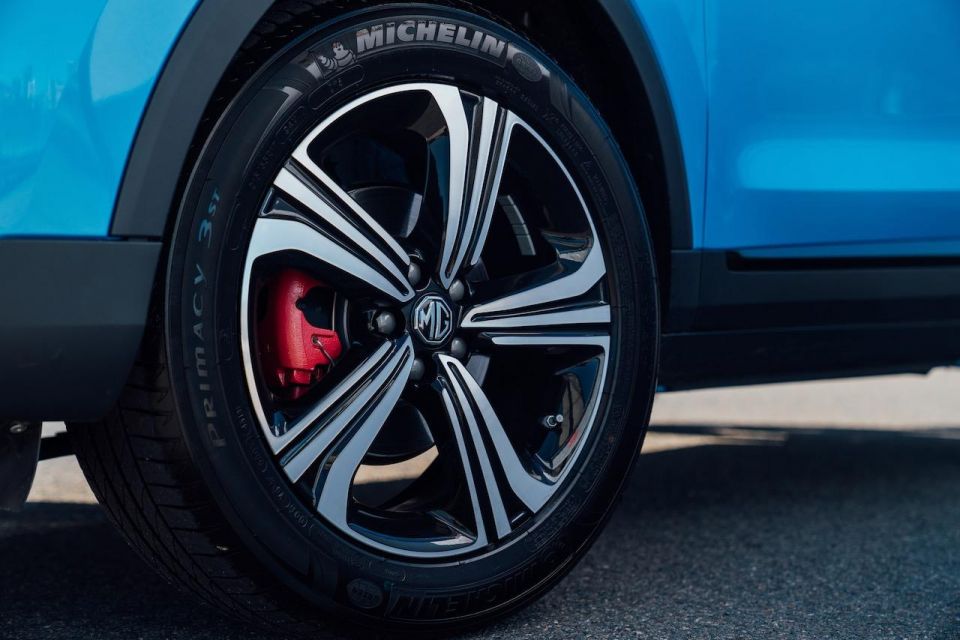
Where expert car reviews meet expert car buying – CarExpert gives you trusted advice, personalised service and real savings on your next new car.
I found ride comfort to be a mixed bag and given it rides on 17-inch alloys shod with 215/55 series tyres, I would have expected more suspension compliance than experienced. It’s a generally busy over poorly-maintained surfaces, but it’s fine over broken edges and gravel.
In light of that, MG Motor in Australia is looking at the possibility of a local suspension tune which would like yield better ride and handling all-round given the success of Hyundai and Kia, both of which tune their cars for local conditions.
The ZST’s braked-towing capacity of 500kg is also down slightly on most rivals.
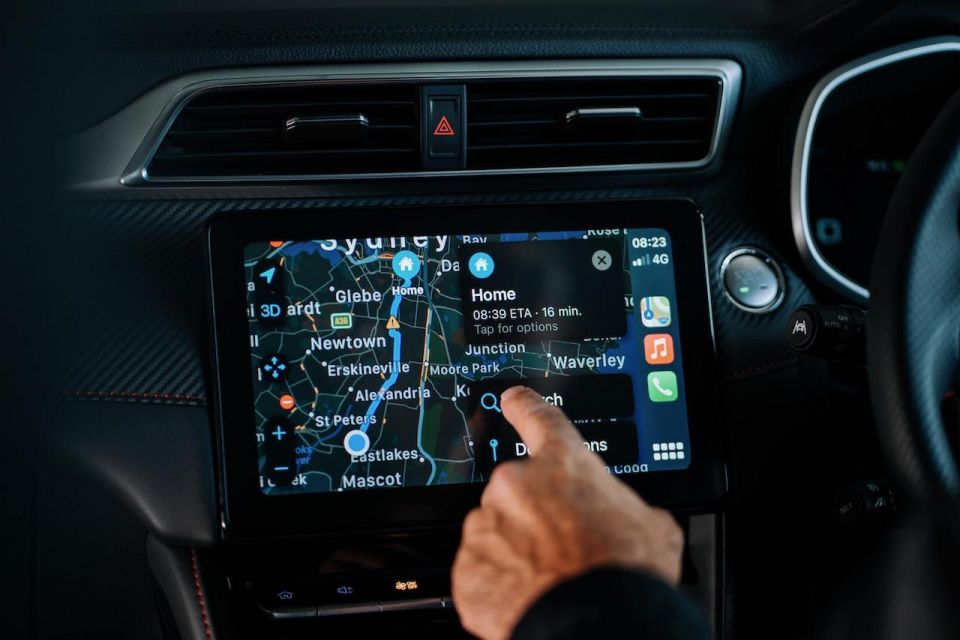
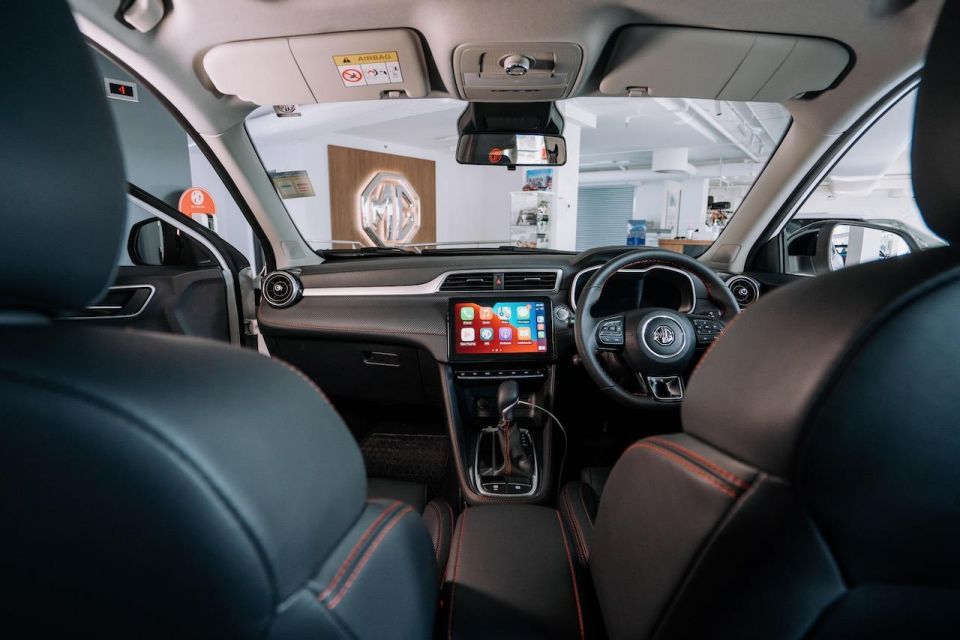
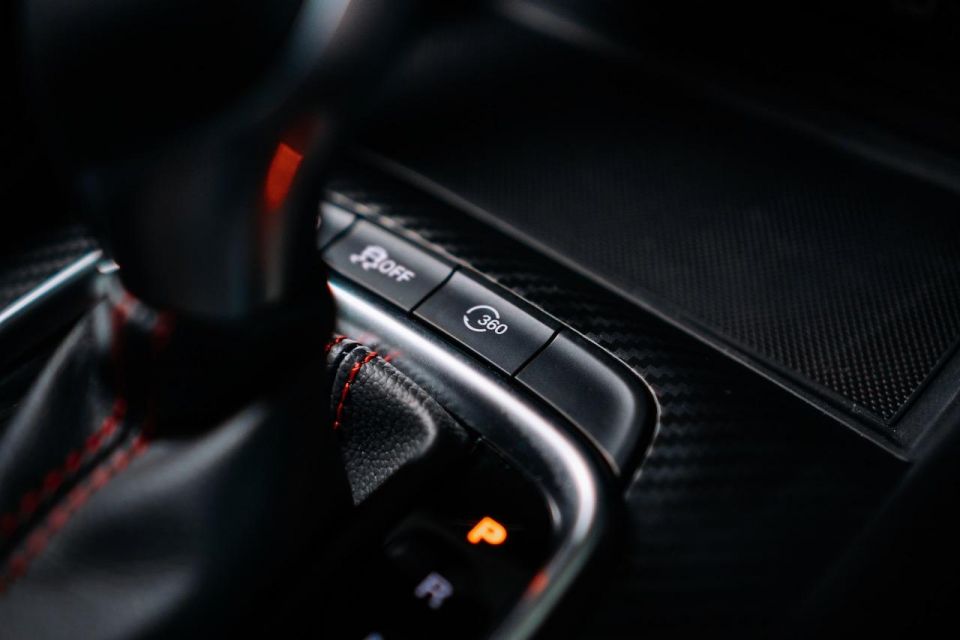
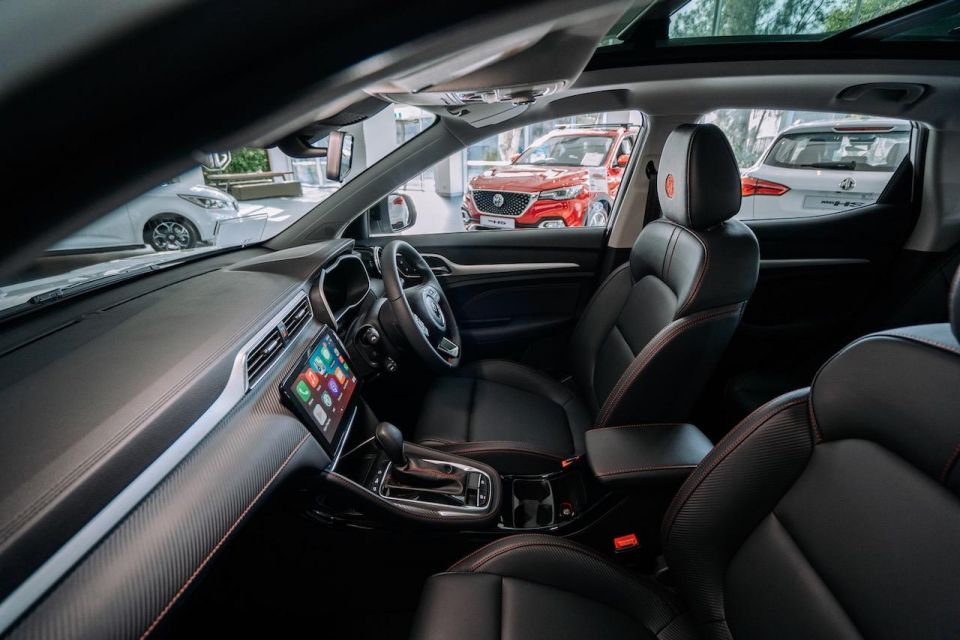
Even travelling at 110km/h this 1.3-litre powertrain is only ticking over at just 2000rpm, so fuel consumption was delightfully close to the claimed 7.1L/100km combined figure, albeit with recommended 95RON fuel.
MG buyers are covered by a seven-year factory warranty with seven years of roadside assist, and there’s a space-saver tyre under the two-tiered boot floor.
There’s a capped-price service schedule, with maintenance required every 10,000km or 12 months. Prices are below:
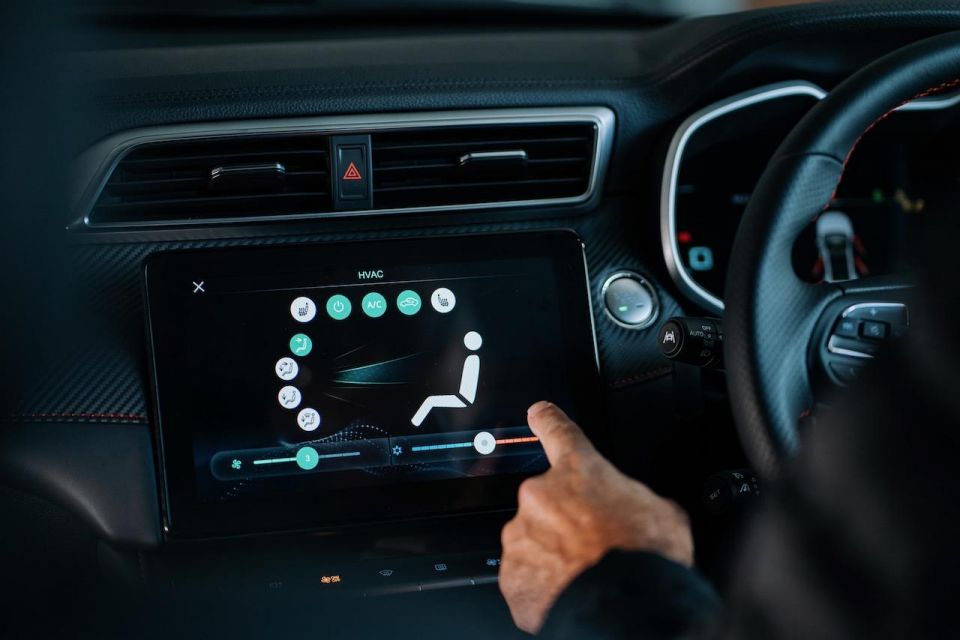
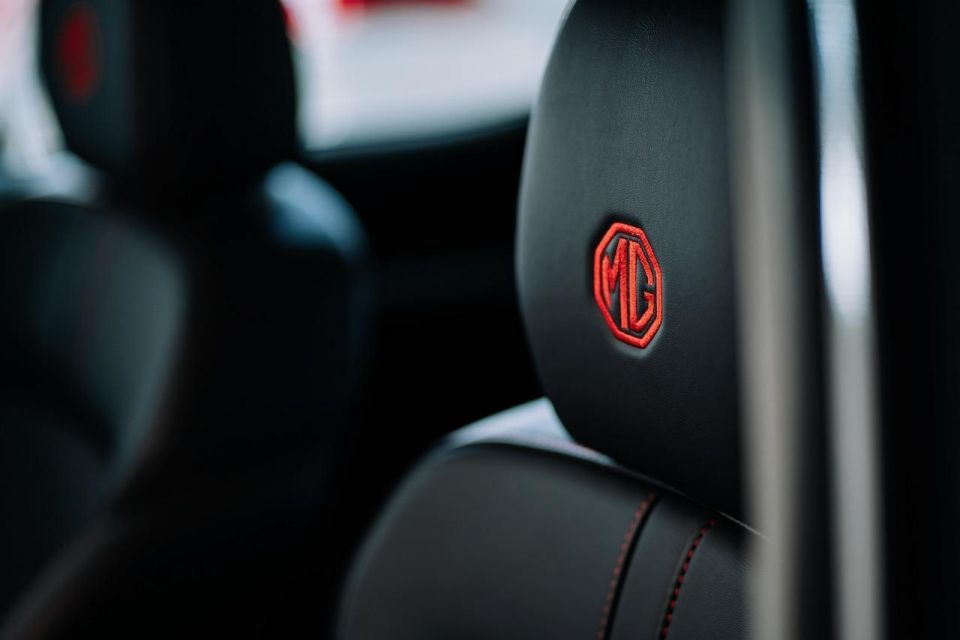
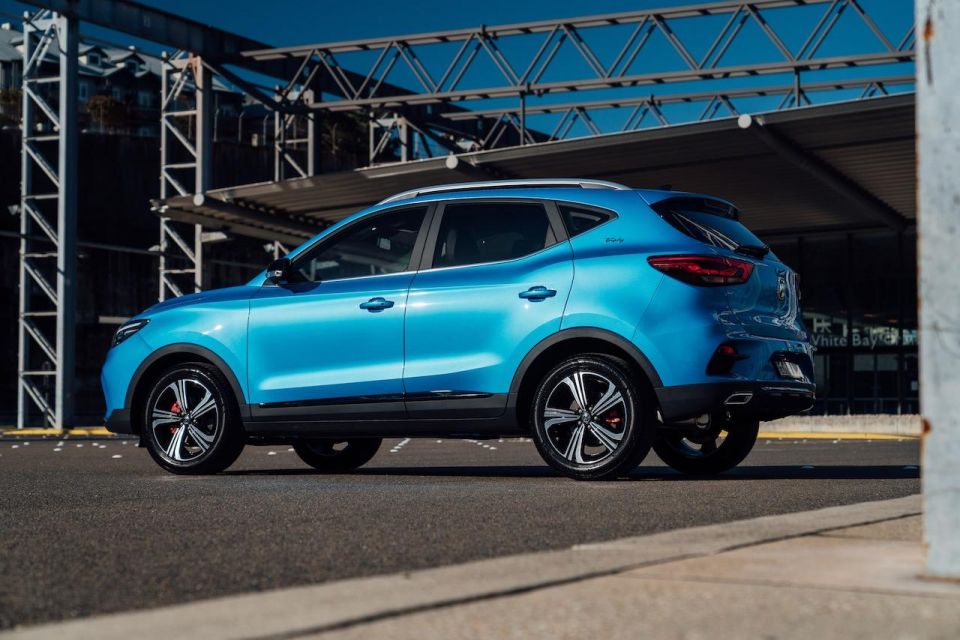
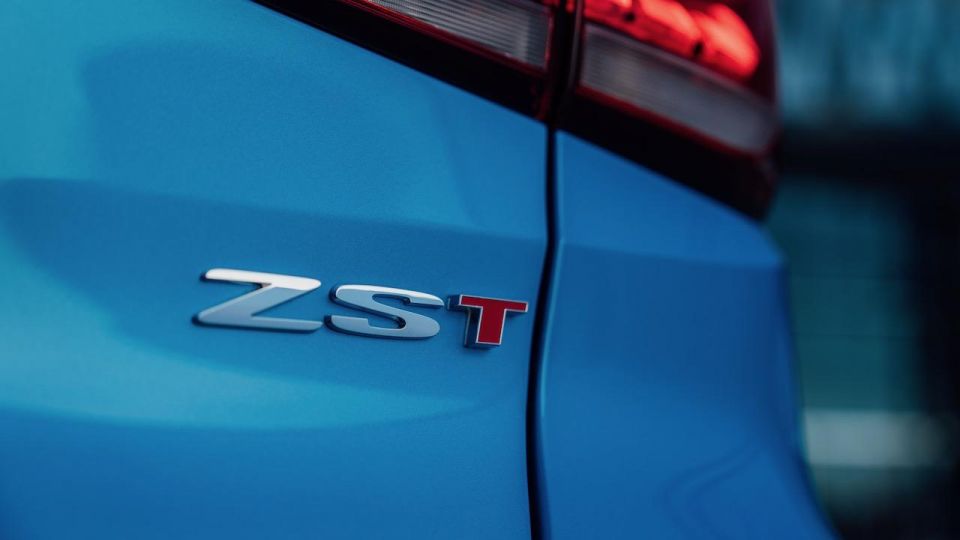
It’s not perfect by any means, but the MG ZST is a substantial improvement over the regular ZS across so many areas.
Bang for buck is where it shines. The ZST represents a welcome opportunity for budget-conscious folks to purchase a great-looking SUV with a stack of useful features and a decent powertrain that more than gets the job done.
There’s also plenty of space, safety features, and a seven-year warranty to boot. If you can stretch the budget to afford a ZST over the regular ZS, you’re probably going to be a lot happier with your MG and it still represents terrific value.
Where expert car reviews meet expert car buying – CarExpert gives you trusted advice, personalised service and real savings on your next new car.


Max Davies
5 Days Ago


Josh Nevett
4 Days Ago


Andrew Maclean
3 Days Ago


Shane O'Donoghue
3 Days Ago


Anthony Crawford
2 Days Ago
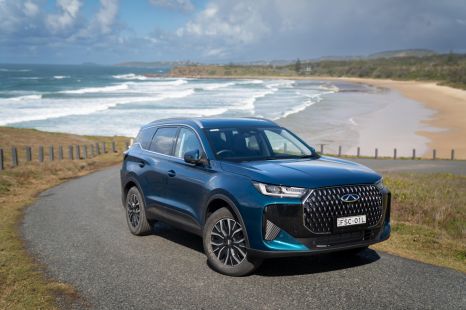

Andrew Maclean
1 Day Ago